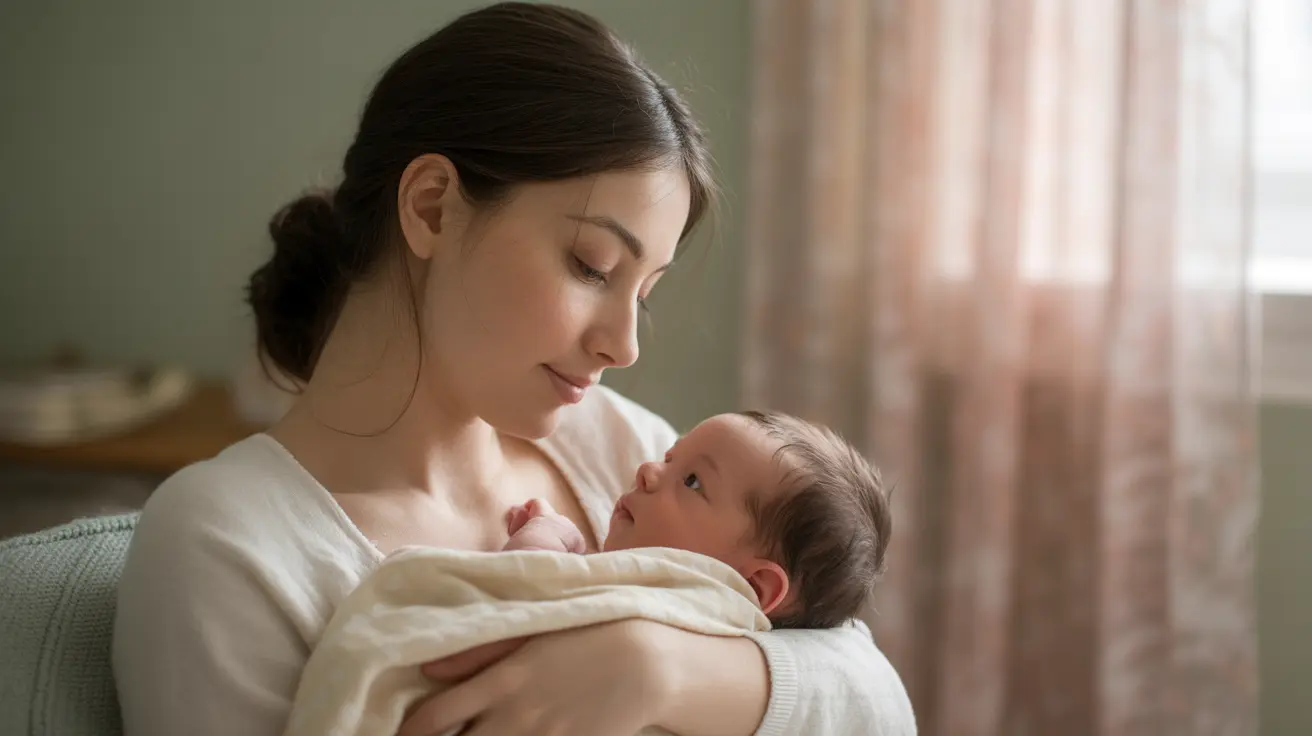The development of a baby's vision is a fascinating journey that begins from the moment they're born. While newborns start life with limited visual abilities, their sight develops rapidly over the first year. Understanding this progression can help parents track their baby's development and provide appropriate visual stimulation.
In this comprehensive guide, we'll explore when babies start seeing clearly, how their vision develops, and what parents can do to support healthy visual development.
The First Days and Weeks of Vision
Newborns begin life with very basic visual capabilities. During the first few weeks, babies can typically only see objects about 8-12 inches from their face - approximately the distance to a parent's face during feeding. Their vision is initially quite blurry, comparable to looking through a frosted window.
- High-contrast patterns
- Black and white images
- Light and dark contrasts
- Simple faces or face-like patterns
Monthly Vision Development Milestones
1-2 Months
During this period, babies begin to focus on nearby objects more consistently. They start tracking moving objects and recognizing familiar faces, though their visual acuity is still developing. Babies may begin making eye contact and showing preference for human faces over other visual stimuli.
2-4 Months
This is when color vision begins to emerge. Babies start distinguishing between different colors and can follow moving objects more smoothly. Their depth perception also starts developing, helping them understand the three-dimensional world around them.
4-6 Months
- Better color vision
- Improved depth perception
- Enhanced eye-hand coordination
- Ability to see smaller details
- Better focus at various distances
Supporting Your Baby's Visual Development
- Providing age-appropriate contrast patterns
- Using colorful toys and books
- Playing peek-a-boo games
- Moving objects slowly in their visual field
- Ensuring adequate tummy time
- Creating a visually stimulating environment
Signs of Normal Visual Development
- Following moving objects by 3 months
- Making eye contact by 2-3 months
- Reaching for objects by 4 months
- Recognizing familiar faces by 3-4 months
- Showing interest in pictures by 5-6 months
When to Seek Professional Help
- Lack of eye contact by 3 months
- Excessive tearing or eye discharge
- White pupil instead of black
- Constant eye turning or crossing
- Inability to track moving objects by 3 months
Frequently Asked Questions
When do babies start seeing clearly and focusing on objects?
Babies begin to see clearly around 3-4 months of age, though they continue developing visual acuity throughout their first year. They can focus on objects 8-12 inches away from birth, with focusing abilities improving steadily over time.
How does a newborn's vision develop during the first six months?
Newborn vision progresses from seeing high-contrast patterns and nearby faces to developing color vision, depth perception, and the ability to track moving objects. By six months, babies can see clearly across a room and distinguish between various colors.
When do babies begin to see colors and develop depth perception?
Color vision begins developing around 2-4 months of age, while depth perception starts emerging between 3-5 months. Both continue to improve throughout the first year of life.
What is normal vision behavior in newborns, and when should I be concerned?
Normal vision behavior includes following faces by 2-3 months and reaching for objects by 4 months. Concerns should arise if babies don't make eye contact by 3 months or show persistent eye crossing beyond 4 months of age.
How can I help support my baby's vision development in their first year?
Support vision development by providing high-contrast images, age-appropriate toys, supervised tummy time, and plenty of face-to-face interaction. Ensure regular pediatric check-ups to monitor visual development milestones.




